Results
-
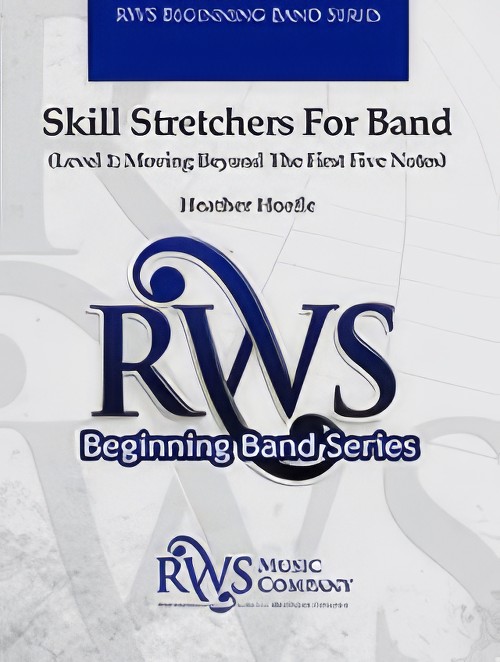 £50.00
£50.00Skill Stretchers for Band (Concert Band - Score and Parts) - Hoefle, Heather
Level 1: Moving Beyond the First Five Notes. Not a warm-up...not a chorale. Skill Stretchers are a way to efficiently move your band beyond the first five notes by working to extend ranges, accidentals and key signatures (in a way that students discover for themselves!). In addition, Skill Stretchers prepare the clarinets to go over the break, introduce lip slurs for brass as well as octave slurs for other woodwinds. Accents, flams, paradiddles and nine-stroke rolls are included for the snare drum. Octaves and arpeggios are introduced to mallet percussion. Skill Stretchers are a supplement to any band method. Used for a few minutes daily, they provide a systematic way to conquer many of the individual challenges that occur with each instrument. Duration: 2.40
Estimated dispatch 7-14 working days
-
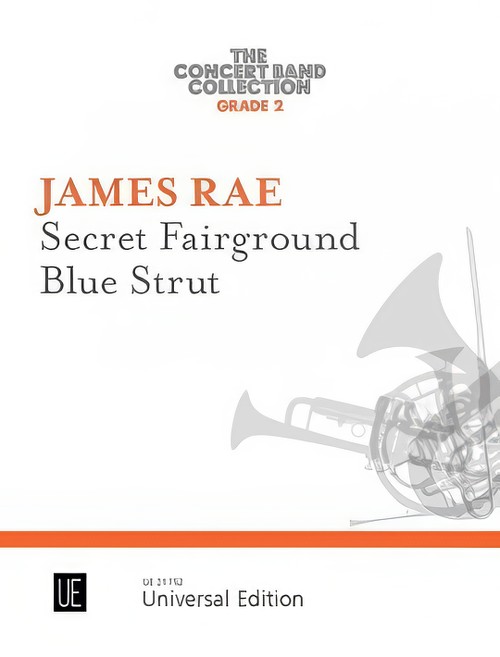 £46.50
£46.50Secret Fairground & Blue Strut (Concert Band - Score and Parts) - Rae, James
James Rae is the man who put fun into woodwind and brass teaching. His many compositions, especially in the jazz and blues idioms, have often featured on examination syllabuses. Recent years have seen his publications of easy flexible ensembles for younger players and now he turns his attention to the wind band. In this series "The Concert Band Collection", he has written exciting new pieces for the standard concert band line up. Attention is given to each instrument so that the technical and musical requirements do not exceed UK Grade 2.5. An optional piano part will provide "stuffing" and moral support for the young players who will quickly enjoy James' catchy and imaginative music. Each volume contains two titles. This one includes the haunting and nostalgic waltz "Secret Fairground" and a dynamic masterpiece called "Blue Strut".
Estimated dispatch 7-14 working days
-
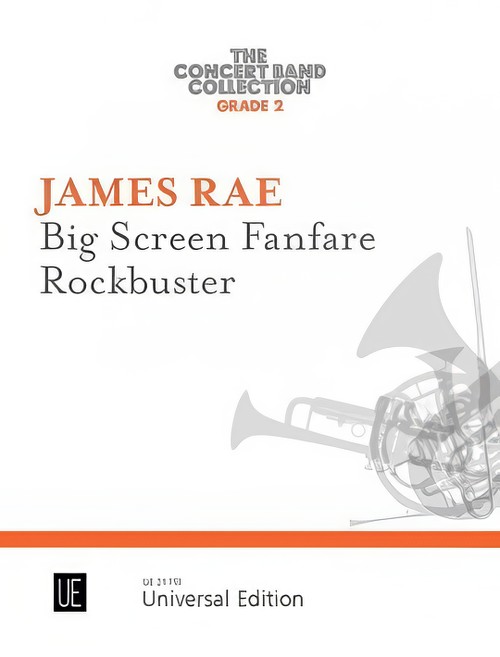 £44.95
£44.95Big Screen Fanfare & Rockbuster (Concert Band - Score and Parts) - Rae, James
James Rae is the man who put fun into woodwind and brass teaching. His many compositions, especially in the jazz and blues idioms, have often featured on examination syllabuses. Recent years have seen his publications of easy flexible ensembles for younger players and now he turns his attention to the wind band. In this series "The Concert Band Collection", he has written exciting new pieces for the standard concert band line up. Attention is given to each instrument so that the technical and musical requirements do not exceed UK Grade 2.5. An optional piano part will provide "stuffing" and moral support for the young players who will quickly enjoy James' catchy and imaginative music. Each volume contains two titles. This one includes "Big Screen Fanfare", a fanfare in the style of a Hollywood movie theme and the cool "Rockbuster".
Estimated dispatch 7-14 working days
-
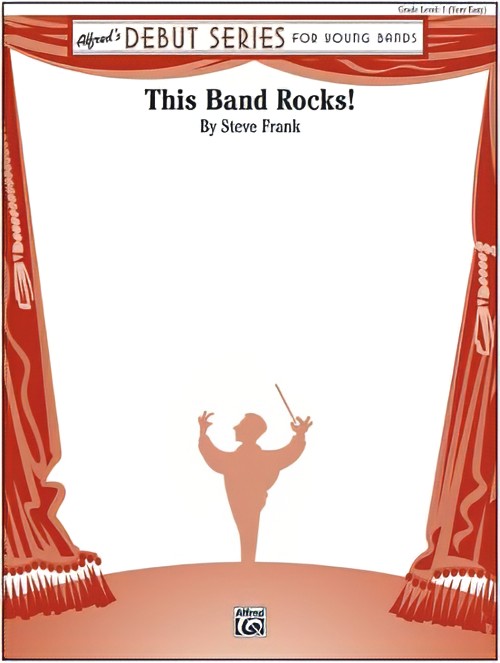 £50.50
£50.50This Band Rocks! (Concert Band - Score and Parts) - Frank, Steve
Everybody gets to join the fun in this dynamic new rock chart! Blues scale melodies alternate over a driving bass line to a funky rhythmic groove, leading to an exciting call and response, pitting brass against woodwinds, as your percussion section rocks out! Your band will love rehearsing and performing it - let them show your audience that This Band Rocks!Duration: 2:30
Estimated dispatch 7-14 working days
-
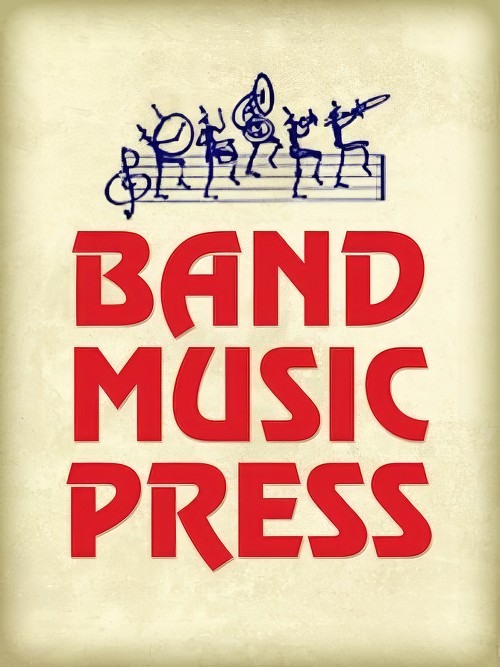 £59.99
£59.99Invention for Band (Concert Band - Score and Parts) - Tatgenhorst, John
Invention for Band is a fantasia, or short overture, in free contrapuntal style. In the opening sections, the principal melody is played by most of the sections of the band with thematic variations. The faster allegro development section begins with a fiery motive that is quickly answered by the low brass and the low reed instruments. The percussion section provides both rhythmic drive and melodic colour with bells, chimes, xylophone and marimba. Emotionally powerful!Duration: 5.00
Estimated dispatch 7-14 working days
-
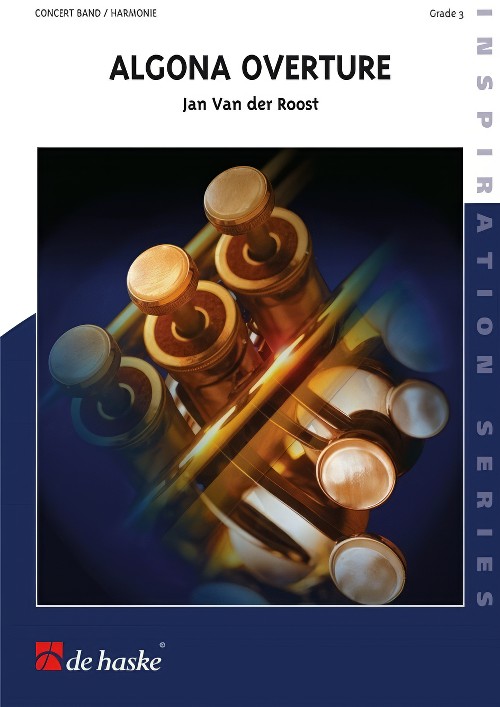 £154.99
£154.99Algona Overture (Concert Band - Score and Parts) - Van der Roost, Jan
This piece is dedicated to all the citizens who live, have lived, and will live in the US town of Algona, who commissioned the work to celebrate it's 150th anniversary. With dark-tinted tones (low drums, heavy brass), this overture begins with a primitive sacred feel, it seems as if centuries-old Indian singing is heard once more. Gradually the sound becomes clearer and brighter as the same theme travels throughout the band in various guises and variants. Imposing tutti passages then give the band the chance to lavishly shine. This bright and catchy overture radiates spontaneous energy and as it features every section of the band all the players as well as the listeners are continually surprised and captivated.Duration: 9:00
Estimated dispatch 7-14 working days
-
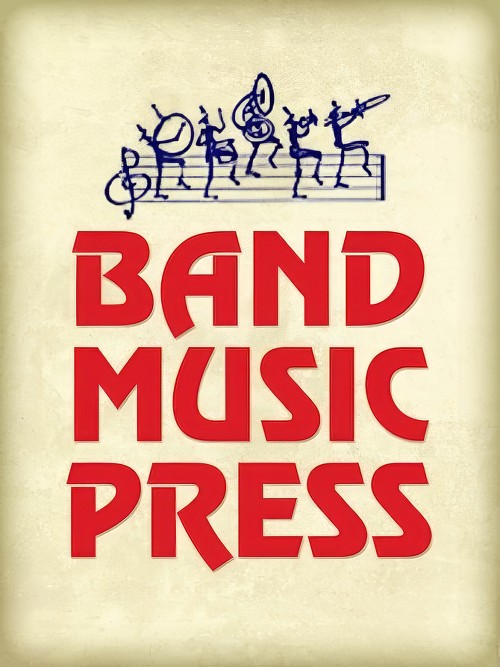 £48.00
£48.00Poem for Band (Concert Band - Score and Parts) - Tatgenhorst, John
Poem for Band is based on a beautiful melody that is shared by flutes, clarinets and trumpets. The low brass and woodwinds enrich the performance with expressive use of dynamics. This music was first written for the London Symphony Orchestra as part of an orchestral suite and has been beautifully adapted for band by the composer.
Estimated dispatch 7-14 working days
-
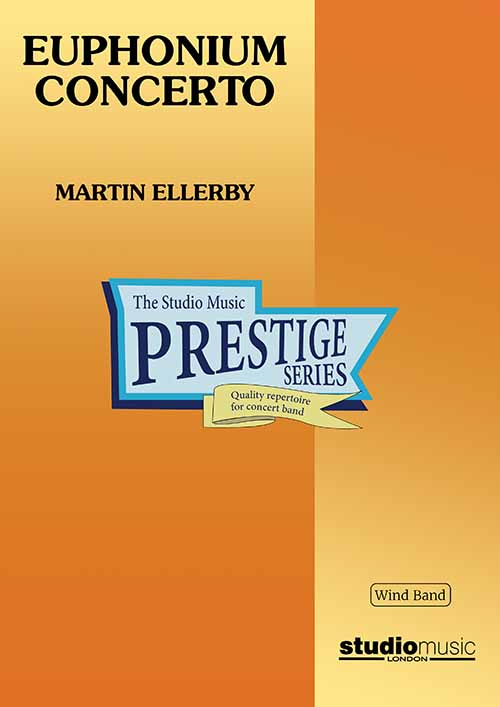 £164.95
£164.95Euphonium Concerto (Concert Band - Score and Parts) - Ellerby, Martin
This Euphonium Concerto was written between late 1994 and early 1995 in response to a commission from Steven Mead to whom the work is dedicated. It is cast in four movements and lasts a little over 22 mins:I. Fantasy: After the briefest of introductions, the solo euphonium enters with the key melodic phrase of the movement in a fast 'Tempo I'. This idea is developed up to the point where a slower 'Tempo II' breaks the argument - here the mood is reflective but it is only to be a brief interruption as 'Tempo I' returns very quickly. The opening material is then subjected to further transformation with 'Tempo II' making occasional returns en route, the distances between the contrasting tempi becoming ever closer, and the movement closes in a rather soft though definite manner.II. Capriccio: This relatively short presto movement forms a bridge between the first movement and the work's slow movement. The majority of the band parts are bright and muted with the percussion players enhancing the texture with contributions from xylophone, glockenspiel and vibraphone. Again the initial solo euphonium phrase provides the basis for almost all the movement's material. This is extremely virtuosic for the soloist and band alike and makes great play of the rhythmic possibilities of combining simple and compound music either in close proximity or together.III. Rhapsody (for Luis): A Lento movement, sitting between two different but essentially rapid ones, this provides the work's emotional core exploiting the soloist's cantabile qualities in an almost seamless fashion. Again, as will all the work's movements, the initial idea paves the way for subsequent development, eventually culminating in a passionate climax; thereafter it winds down with an affectionate backward glance towards the close of the the slow movement of the Euphonium Concerto of Joseph Horovitz, whose mark had been made indelibly on the euphonium repertoire. This movement is dedicated to Luis Maldonado who set the full score of the brass version before his untimely death.IV. Diversions: The work's variation finale is cast in 3/4 throughout though the barline is often a guideline and was seen by the composer as a challenge of metrical restraint! There is an obvious jazz feel to this movement (both rhythmically and harmonically) with a swaggering ritornello theme first announced by the solo euphonium. Thereafter follows a series of interludes and 'adjusted' returns of the main theme. A lyrical idea is allowed to enter but the underlying momentum is ever present. The band also contributes to the interludes and eventually the tempo increases towards a 'wild' and absolute conclusion.Duration: 22.30Recorded on QPRM143D Dreamscapes, Royal Northern College of Music Wind Orchestra
Estimated dispatch 7-14 working days
-
 £32.95
£32.95Euphonium Concerto (Concert Band - Score only) - Ellerby, Martin
This Euphonium Concerto was written between late 1994 and early 1995 in response to a commission from Steven Mead to whom the work is dedicated. It is cast in four movements and lasts a little over 22 mins:I. Fantasy: After the briefest of introductions, the solo euphonium enters with the key melodic phrase of the movement in a fast 'Tempo I'. This idea is developed up to the point where a slower 'Tempo II' breaks the argument - here the mood is reflective but it is only to be a brief interruption as 'Tempo I' returns very quickly. The opening material is then subjected to further transformation with 'Tempo II' making occasional returns en route, the distances between the contrasting tempi becoming ever closer, and the movement closes in a rather soft though definite manner.II. Capriccio: This relatively short presto movement forms a bridge between the first movement and the work's slow movement. The majority of the band parts are bright and muted with the percussion players enhancing the texture with contributions from xylophone, glockenspiel and vibraphone. Again the initial solo euphonium phrase provides the basis for almost all the movement's material. This is extremely virtuosic for the soloist and band alike and makes great play of the rhythmic possibilities of combining simple and compound music either in close proximity or together.III. Rhapsody (for Luis): A Lento movement, sitting between two different but essentially rapid ones, this provides the work's emotional core exploiting the soloist's cantabile qualities in an almost seamless fashion. Again, as will all the work's movements, the initial idea paves the way for subsequent development, eventually culminating in a passionate climax; thereafter it winds down with an affectionate backward glance towards the close of the the slow movement of the Euphonium Concerto of Joseph Horovitz, whose mark had been made indelibly on the euphonium repertoire. This movement is dedicated to Luis Maldonado who set the full score of the brass version before his untimely death.IV. Diversions: The work's variation finale is cast in 3/4 throughout though the barline is often a guideline and was seen by the composer as a challenge of metrical restraint! There is an obvious jazz feel to this movement (both rhythmically and harmonically) with a swaggering ritornello theme first announced by the solo euphonium. Thereafter follows a series of interludes and 'adjusted' returns of the main theme. A lyrical idea is allowed to enter but the underlying momentum is ever present. The band also contributes to the interludes and eventually the tempo increases towards a 'wild' and absolute conclusion.Duration: 22.30Recorded on QPRM143D Dreamscapes, Royal Northern College of Music Wind Orchestra
Estimated dispatch 7-14 working days
-
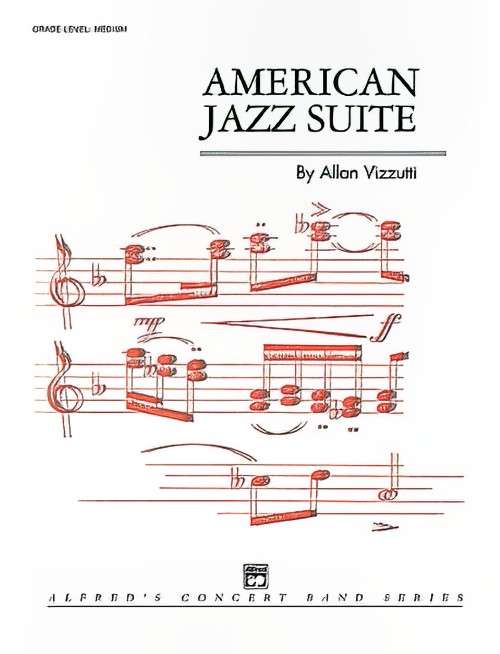 £73.50
£73.50American Jazz Suite (Trumpet Solo with Concert Band - Score and Parts) - Vizzutti, Allen
This spectacular work by trumpet virtuoso Allen Vizzutti features your trumpet soloist in the jazz idiom without losing accessibility to your Concert Band students. The opening begins with a trumpet cadenza using half valves, bending notes and timbre changes accompanied by stop chords in the band. An easy swing section follows with a groove established by the low brass, low woodwinds and percussion. The up tempo second movement features the soloist using a plunger mute. There's great interplay between the soloist and band in this exciting feature for your star trumpet player! Duration: 4.30
Estimated dispatch 7-14 working days
